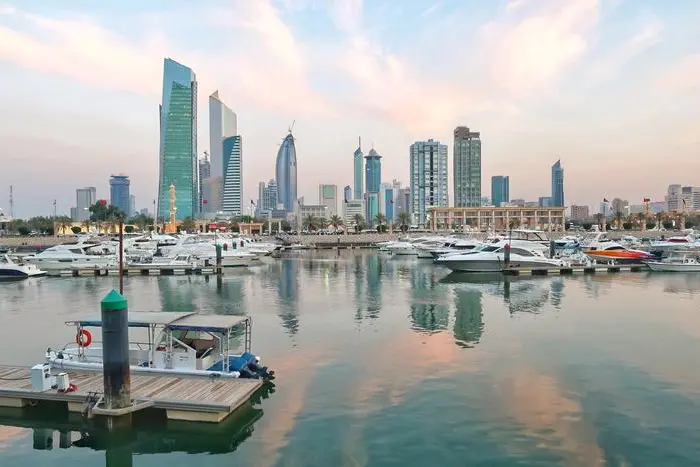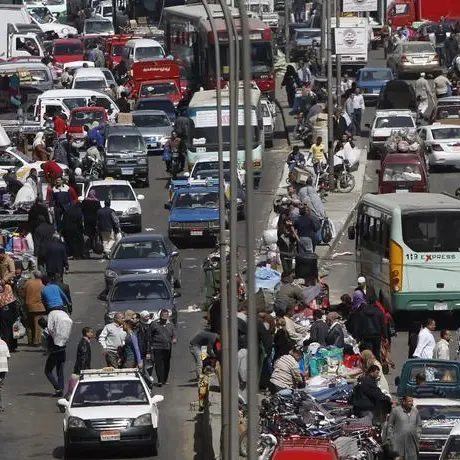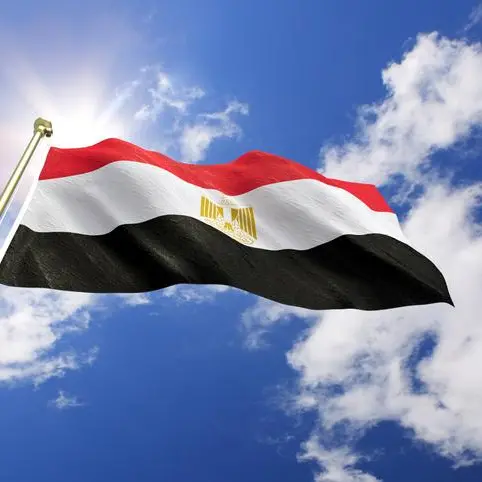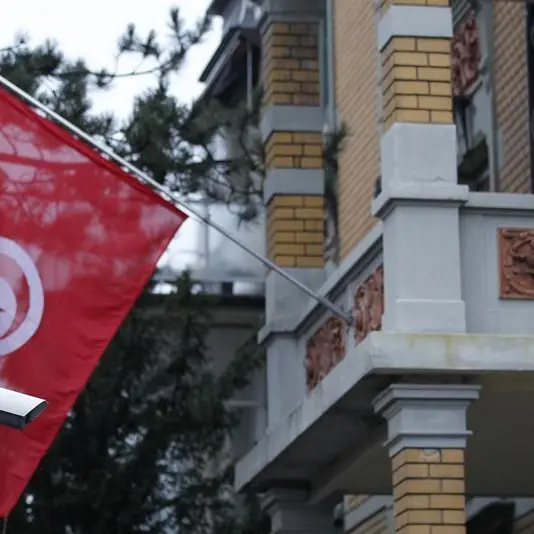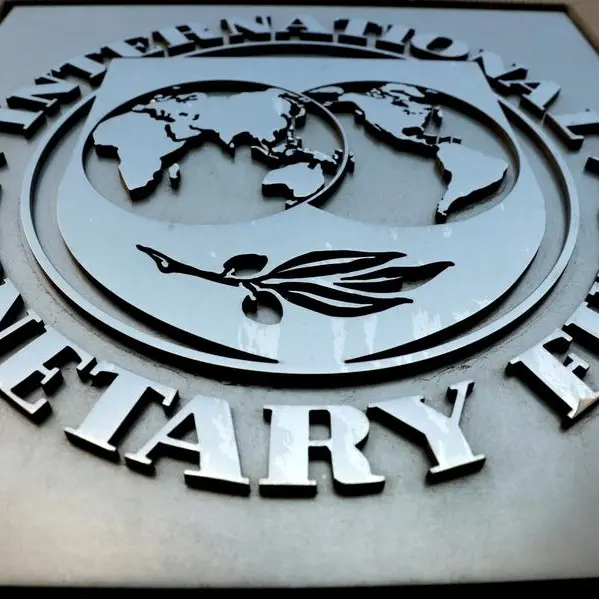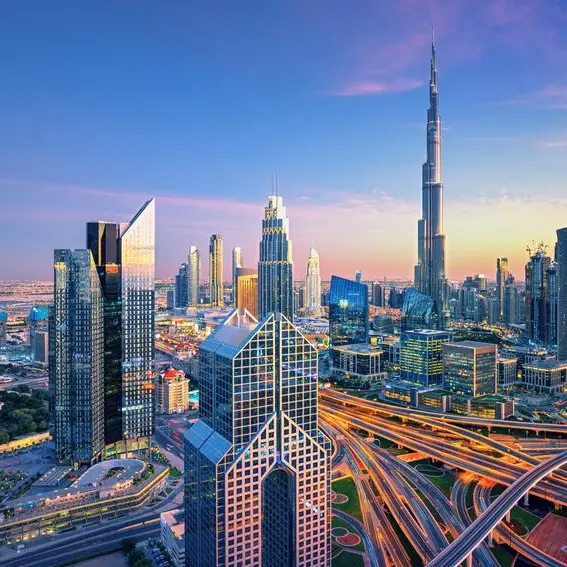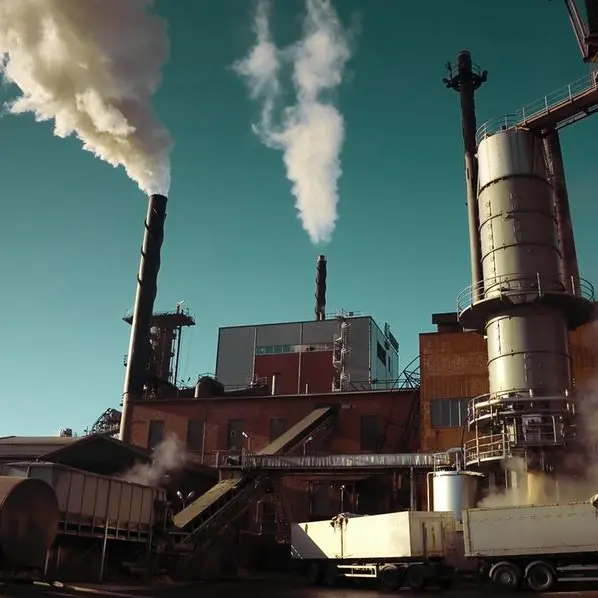PHOTO
When Kuwait commemorated its 58th year of independence in February, it had a lot to celebrate. With its ample assets, low debt and stable banking sector, Kuwait is a posterchild for sound savings and financial contentment. However, the recent fluctuation in oil prices served as a timely reminder that the good times won’t last forever.
Despite baby steps towards diversity, Kuwait’s economy remains tightly bound to oil. Kuwait continues to derive around 55 per cent of GDP, more than 90 per cent of exports, and about 90 per cent of fiscal receipts from hydrocarbon products.
Crude behaviour
As of 2017, Kuwait was the world’s ninth-largest crude oil producer, with the seventh-largest oil reserves. As such, it is hardly surprising that Kuwait’s economic performance will remain largely determined by oil industry trends. This worked in its favour when oil prices were higher in 2017–18, lifting growth and bettering fiscal and external balances.
However, 2019 is likely to be different story. “We assume oil prices will average $55 per barrel over 2019-2022, which is lower than our previous oil price projections for these years,” S&P said. “This is also lower than the average 2018 Brent price of $72 per barrel.” “According to high frequency official data, output grew by 0.6 per cent over the first nine months of 2018 year-on-year.
We have accordingly revised our growth estimate for the year down to one per cent from two per cent previously.” Although Kuwait has always paid lip service towards diversifying its economy, thanks to its mammoth reserves it always assumed it could take its time. The country has long enjoyed the trappings of the world’s first Sovereign Wealth Fund, which Sheikh Abdullah Al-Salem set up in 1953. The exact sum of the fund is shrouded in secrecy, as its assets are not disclosed and there is even a law against the Kuwaiti Investment Authority (KIA) discussing the size of its holdings.
However, that hasn’t stopped international observers trying to guess. S&P relies on IMF data, which it has used to make an estimation of 420% of GDP at the end of 2018—the largest sovereign wealth fund of all sovereigns that it rates. This affords Kuwait significant buffers to respond to any potential future shocks. Although it is likely that the Government will want to draw down reserves in the future, new legislation would need to be put in place before it could touch a dinar.
Kuwait’s other financial cushion is its Reserve for Future Generations Fund (RFFG), created in 1976 to provide financial security for when Kuwait’s oil reserves finally dry up. The Government has never wavered on its promise to deposit 10 per cent of all oil revenues into the fund, which is now thought to be worth $420 billion. However, this has come at a price.
While Kuwait’s overall fiscal balance has improved, its financing needs remain large. Higher oil revenues and investment income has bestowed an eight per cent surplus on Kuwait’s budget. The IMF expects the surplus to reach almost 12 per cent of GDP by the end of 2019. However, fiscal financing needs—the overall balance excluding investment income and compulsory transfers to the RFFG—remained large at 12.5 per cent of GDP at the end of 2018.
The General Reserve Fund holds the accumulated government surpluses after transfers to the RFFG, and the government has had to draw on its assets for financing, including to pay for maturing debt. Its value is thought to have fallen for the fourth year in a row, according to Fitch.
Fitch estimates that the GRF could sustain the country for five years before it runs out. S&P forecasts that as oil prices reduce from 2018 levels, Kuwait’s central government deficit will rise from 6.5 per cent of GDP last year to an average of 19.5 per cent over the next four years. This mostly reflects investment returns from managing the KIA.
Despite the surplus general government budget, the authorities still plan to borrow to cover deficits at the central government level. “We estimate that future central government deficits will be financed via both asset drawdowns from the GRF as well as debt issuance,” S&P said. “Accordingly, we project general government debt will rise above 50 per cent of GDP in 2022 from less than 20 per cent in 2017 reflecting a combination of both domestic and international issuance.”
Tired of fighting
However, to make any progress Kuwait will need to rise above domestic bickering. The squabbles that have delayed Kuwait’s fiscal reforms have left the country economically paralysed. The parliament delayed the passing of a new debt law after the previous one expired in October 2017, blocking any debt issuance in 2018.
Sadly, the relationship between the government and parliament has always been volatile, resulting in frequent government reshuffles. The latest round took place in December 2018 when four government officials resigned. The parliament has also blocked some crucial reforms, such as the introduction of VAT and excise taxes in Kuwait.
As far as the IMF is concerned, delays to economic reforms pose one of the largest risks to the economy, second only to lower oil prices. “Delays in fiscal and structural reforms could slow growth and increase fiscal deficits at a time when the global environment is becoming more challenging and financial conditions have tightened,” it said. “Should investors’ appetite for exposure to Kuwait wane under these conditions, the government and banks could face higher funding costs and rollover risks.”
However, Kuwait’s most critical challenge is to sculpt a vibrant private sector that will tempt its nationals away from the bloated public sector and create enough jobs for future generations. Kuwait’s citizens have enjoyed a generous welfare state and a prominent public sector that employs 80 per cent of the national workforce. However, with high wages and comparatively low productivity, this is a luxury Kuwait will soon struggle to afford.
The authorities have taken welcome steps to pull in the government purse strings, fire up private sector growth and generate jobs. Now, it faces taming its high public wage bill, slashing subsidies and cultivating non-oil revenue. “Promoting private sector-led growth and job creation for nationals requires lowering the high publicprivate wage premia, reducing the role of the public sector in the economy through privatisation and public-private partnerships, and improving the business environment,” the IMF said.
Private conversations
Privatisation is a large part of this strategy. By privatising Government assets, Kuwait is handing the private sector a stake in the country’s future. The government has plans to privatise around 40 assets over the next 25 years. It is currently studying the feasibility of privatising the North Shuaiba power plant, fixed line and broadband telecoms infrastructure and the Ministry of Electricity and Water Central Workshop.
In February, it announced that its stock exchange—the oldest in the Gulf world and one of the top performers in the region—would be its trailblazer for privatisation. Kuwait made history when it sold a 44 per cent stake in Boursa Kuwait to a consortium of firms including National Investments Company, Boursa Athens, Al Oula Investment and Arzan Financial Group.
The CMA is planning to offer a further 50 per cent as an IPO. According to Kuwait’s Minister of Commerce and Industry, Khaled AlRoudhan, the move is a “reflection of the huge strides Kuwait is taking to raise its global competitive index, improve its business climate and develop its efficiency in attracting foreign capital.”
According to KUNA, Kuwait’s state news agency, the minister added that the changes will give the private sector a larger role in developing the national economy. Kuwait is also planning to create a $10 billion fund with China, Bloomberg reported in February. China and Kuwait would each be responsible for raising around $5 billion for the fund.
This follows last year’s unveiling of Kuwait’s Northern Gulf Gateway project, which aims to add $220 billion to the country’s GDP, attract up to $200 billion in foreign direct investment, create 400,000 knowledge based jobs and tempt 3-5 million visitors to Kuwait. The project would fuse Kuwait into China’s Belt and Road Initiative, a 21st Century take on the Silk Road made up of a “belt” of overland corridors and a maritime “road” of shipping lanes.
Kuwait is the first GCC country to sign up to China’s efforts to tie Southeast Asia to Eastern Europe and Africa, a swath of the globe that accounts for 71 countries, half the world’s population and a quarter of global GDP. On the global stage, Kuwait’s currency carries a clot of clout, and credit is recovering after a slow start in 2018.
As the US Federal Reserve raised its policy rate, the Central Bank of Kuwait has skilfully deployed various monetary policy instruments to maintain the dinar’s attractiveness while helping support lending to the economy. For example, the CBK raised its repo rate several times, but kept the policy lending rate at three per cent.
Private credit grew three per cent year-on-year in November, supported by lending to households and the oil sector, the IMF reported. Government debt redemption in 2018 meant ample dinar liquidity, though some banks raised funding in international markets to boost foreign currency holdings. Kuwait’s exchange rate continues to be pegged to an undisclosed basket of currencies.
This basket is dominated by the US dollar, the currency in which the majority of Kuwaiti exports are priced and transacted. The Kuwaiti dinar is the world’s most valuable currency, and thanks to some nimble monetary policies, it is likely to remain so. “In our view, Kuwait’s regime is somewhat more flexible than the foreign exchange regimes in most other GCC countries that maintain a peg to the dollar alone,” S&P said.
“This is evident, for instance, in CBK’s decision to hike the key interest rate only once, compared to four recent US Fed hikes. In our view, some degree of monetary-policy divergence between the Fed and CBK is possible, in part due to the limited amount of portfolio flows between Kuwait and the rest of the world.” This has all helped Kuwait’s banks stay in tiptop shape.
The Kuwaiti banking sector remains resilient with stable profitability and improved asset quality, the IMF said. Banks report high capitalisation (CAR of 18 per cent) and a rising return on assets (1.3 per cent in September 2018). Asset quality has improved, with NPLs net of specific provisions falling to a historical low of 1.4 per cent of gross loans.
Islamic banking windows are not allowed in Kuwait, which has helped the country’s Islamic banks claim a 38 per cent market share. With new guidelines in place and more in the works, their prominence is likely to grow. In 2018, the CBK Shariah Supervisory Governance instructions became effective, introducing best practice for Islamic banks.
The CBK is now working on a draft law to create a centralised Shari’ah board to oversee Islamic banks. “This is likely to increase standardisation and lead to greater market confidence,” Fitch said. “CBK regulations take account of Islamic banks’ specificities, such as the Alpha factor and direct investment in real-estate.”
Fitch expects financing growth to remain above that of conventional banks in the mid-single digits, as Islamic banks build their franchises and as Islamic banking gains momentum in Kuwait, particularly with retail customers. While Kuwait has taken significant steps towards future-proofing its economy, the IMF has warned that even if implemented fully and on time, the measures under consideration would not close the intergenerational equity gap.
The Government’s non-oil balance would fall well short of levels needed to ensure equally high living standards for future generations—a gap of 13.5 per cent of non-oil GDP by 2024. “Additional fiscal consolidation will therefore be needed to close this gap, which would also reduce financing needs and preserve liquid buffers,” it said.
Quite simply, Kuwait needs deeper reforms if its future generations are to enjoy the same standard of living that is currently enjoyed, and Kuwait can’t afford to implement these at its current leisurely pace. Unfortunately, the powers that be may have some difficulty seeing past Kuwait’s mountainous reserves to a day when oil has dried up—along with a world of opportunities.
© 2019 CPI Financial. All rights reserved. Provided by SyndiGate Media Inc. (Syndigate.info).
